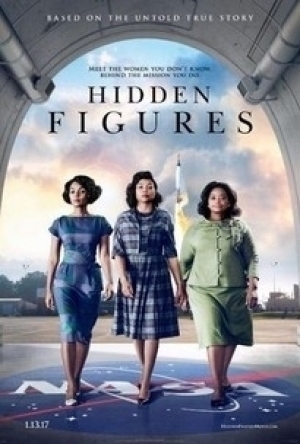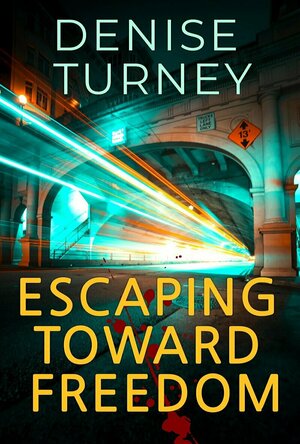
Escaping Toward Freedom
Book
Escaping Toward Freedom is the fictional story of four teens who escape a human trafficking ring....
Literature mystery suspense African American fiction
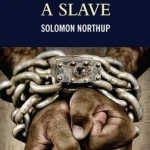
Twelve Years a Slave: Including; Narrative of the Life of Frederick Douglass
Colin Harrison, Solomon Northup, Frederick Douglass and Tom Griffith
Book
'I was sitting upon a low bench, made of rough boards, and without coat or hat. I was handcuffed....
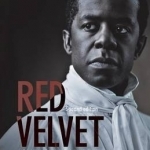
Red Velvet
Book
It's like being at a crossroads - a point of absolute, unequivocal change. It makes the blood rush....
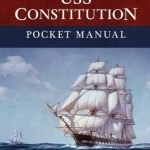
USS Constitution Pocket Manual
Book
Launched in 1797, USS Constitution is a wooden-hulled, three-masted heavy frigate of the United...
The Routledge Handbook of International Beat Literature
Book
There was a time when "the Beats" seemed a familiar, even fixed, pantheon: Kerouac, Ginsberg,...
The Most Dangerous Communist in the United States: A Biography of Herbert Aptheker
Book
When J. Edgar Hoover declared Herbert Aptheker "the most dangerous Communist in the United States,"...
The Communist and the Communist's Daughter: A Memoir
Book
In a letter to his baby grandson, Bill Lazarre wrote that "unfortunately, despite the attempts by...
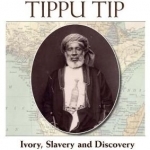
Tippu Tip: Ivory, Slavery and Discovery in the Scramble for Africa
Book
Tippu Tip was chiefly an ivory trader, who pioneered for new sources through present day Tanzania...
Gareth von Kallenbach (980 KP) rated Hidden Figures (2016) in Movies
Jul 12, 2019
Hidden Figures discusses the contributions of African-American women at NASA — Katherine Johnson (Taraji P. Henson), Dorothy Vaughan (Octavia Spencer) and Mary Jackson (Janelle Monáe). The film is enlightening and allows for audiences to gain a greater understanding of women and women of color in ensuring the success of the American Space program. The film does not exaggerate circumstances to a point where it is difficult to believe. What is difficult to believe for audiences in using this film to look at the past is that we have waited so long to recognize and honor these heroes. Without their contributions, the United States may have never made it to the moon.
The film offers adults and youth audiences an honest look into what these women faced in the forms of racism and sexism. There is no brutality of racism or violence demonstrated, but the spectre of it lingers over the film and reminds the viewer of the hardships that these women faced. They had the minds to carry out their tasks, but they did not have the right gender or color to be taken seriously, at first. The film is empowering and allows for young girls, despite race, to see that science and math are not fields that are not limited to men. Appropriate representation allows for more depth to history and the role that people of different walks, faiths, and nationalities have played in society. Hidden Figures is a timely film that allows for greater representation and may push filmmakers and audiences to discover more hidden figures in history.
LilyLovesIndie (123 KP) rated By the Rivers of Water: A Nineteenth-Century Atlantic Odyssey in Books
Nov 5, 2018
I was expecting a more fictional style of writing, and was pleasantly surprised to see that it is written in more of a recount style of the lives of the main family, namely Leighton Wilson. The detail and attention paid to the research shone through in every page and was highly informative to read. However, at times this book did have a tendency to drag, and I suspect it is due to the overwhelming attention to small detail. Fabulous if you're using the book as a research project, not so if you're reading out of curiosity into this era of history. In addition, it also occasionally lacked the fine balance between informative on the religious aspect of the missions and preaching through the pages. As a not so religious person, this did become annoying at times, but I could understand why Clarke had this tone in the book.
Overall, an enjoyable, if not very long, book that was incredibly informative and rather enjoyable. The addition of the photographs and personal snippets from letters added a very personal and enjoyable aspect to the tale of the Wilson's.

